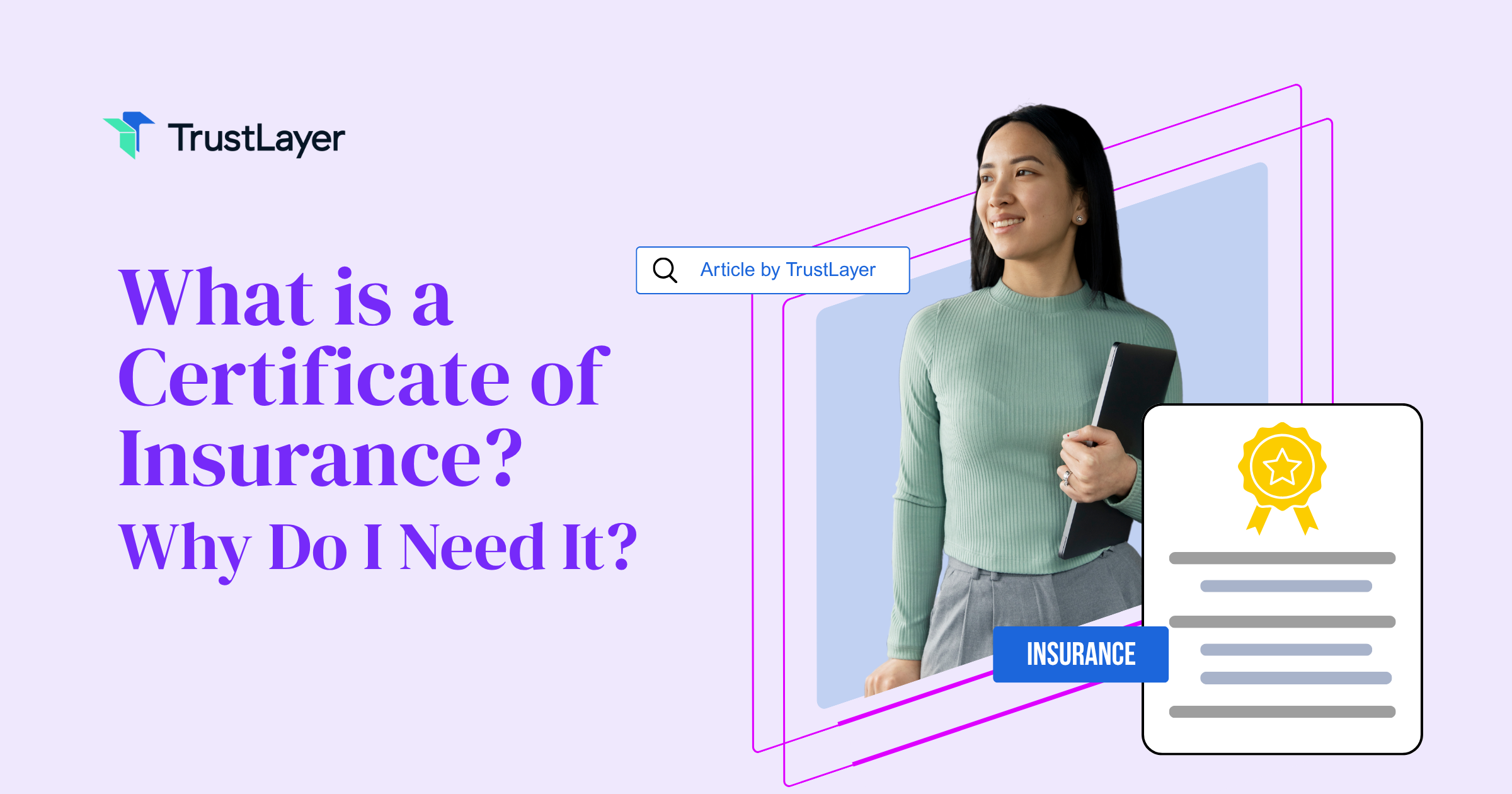Filling Out Your Risk Management Plan: A Guide for Modern Risk Managers

July 27, 2023
You might also like
Products
SolutionsVendors and contractorsRisk Management for ConstructionBest COI tracker for Commercial LendingBest COI tracker for ConstructionBest COI tracker for EnterpriseBest COI tracker for EventsBest COI tracker for FranchisesBest COI tracker for HealthcareBest COI tracker for Real EstateBest COI tracker for Rental EquipmentBest COI tracker for RetailersBest COI tracker for Workers Comp
© Copyright 2025. TrustLayer, Inc. – All rights reserved.
Want to crunch a COI in seconds?
Modern risk managers voted and this was one of their favorite features.















